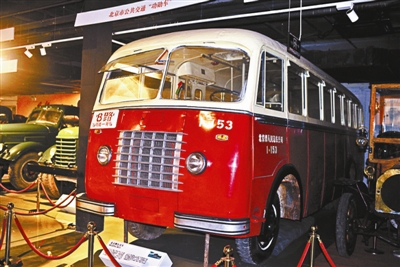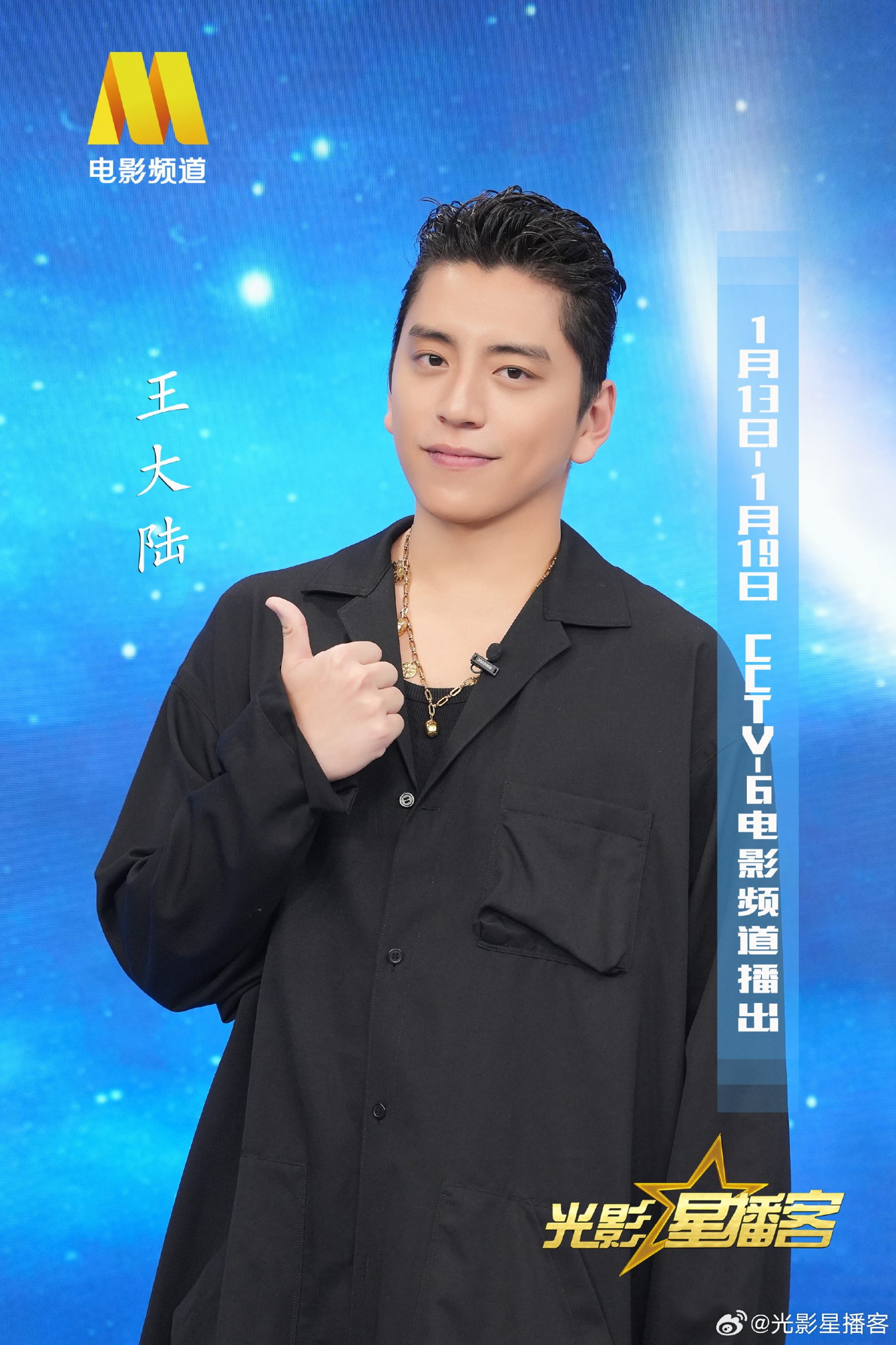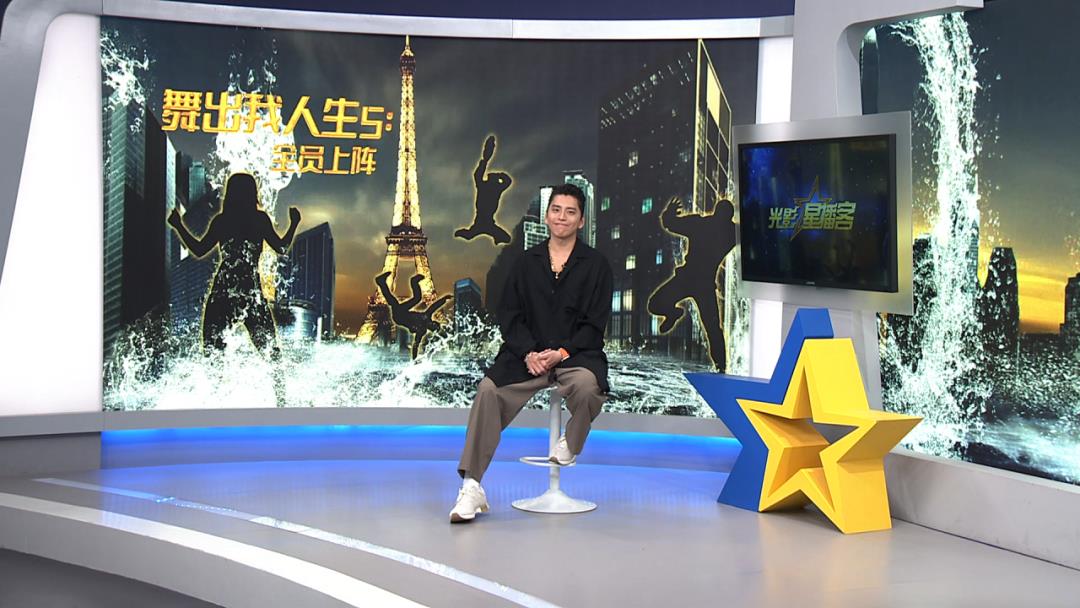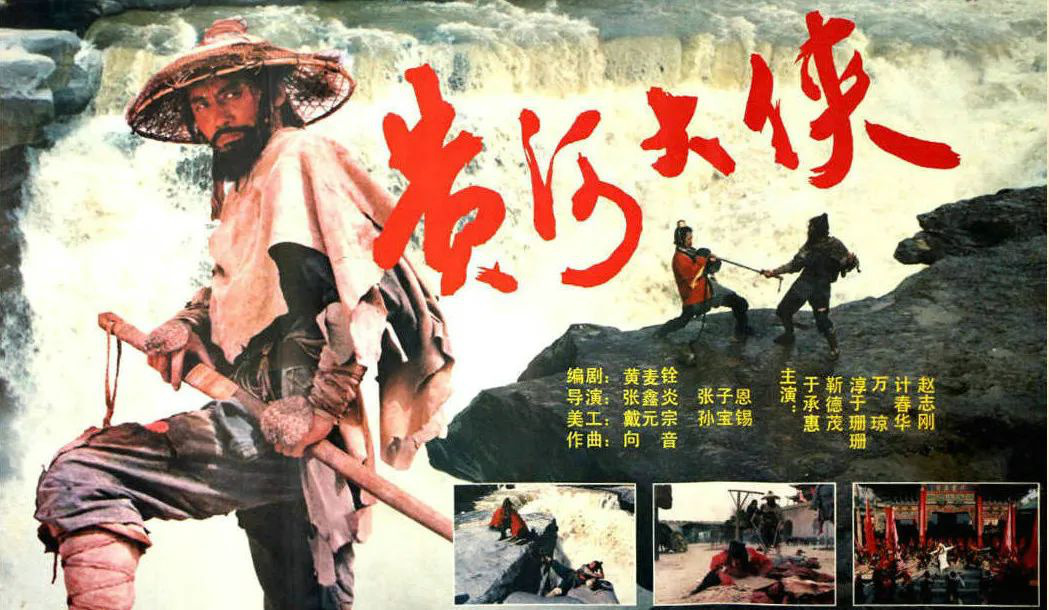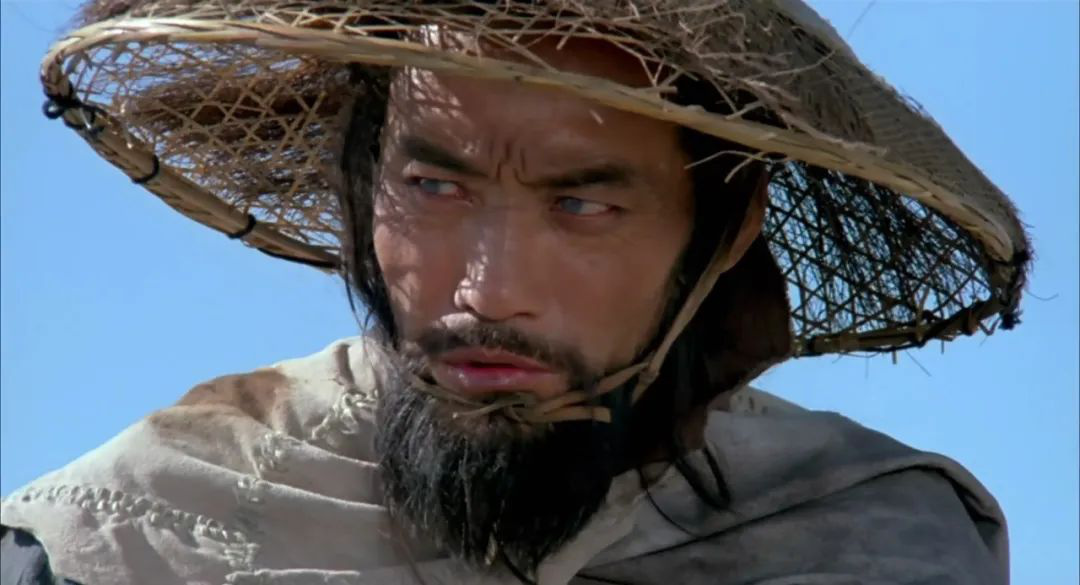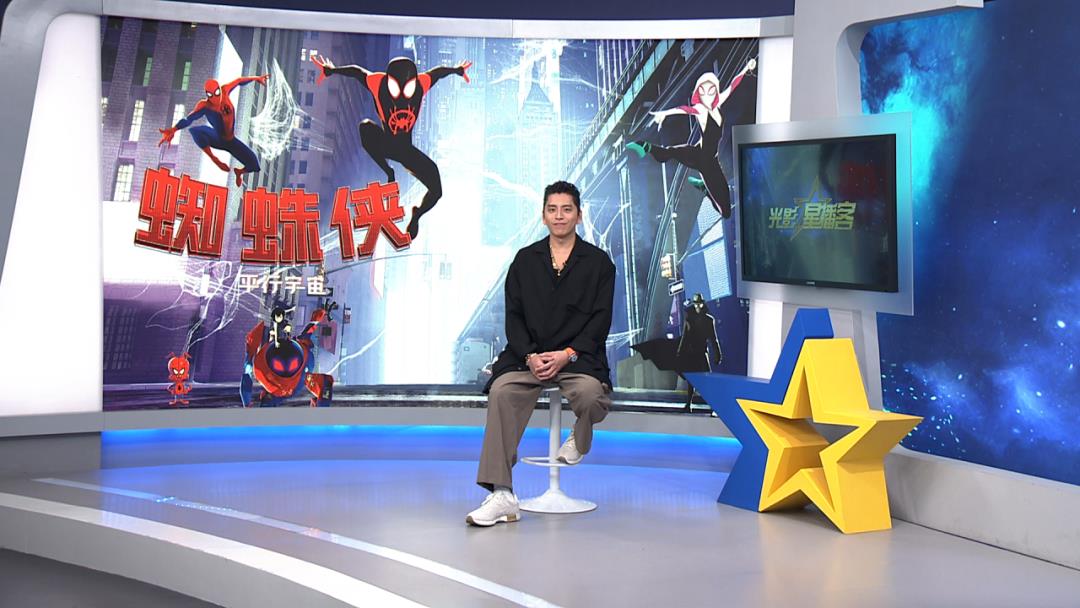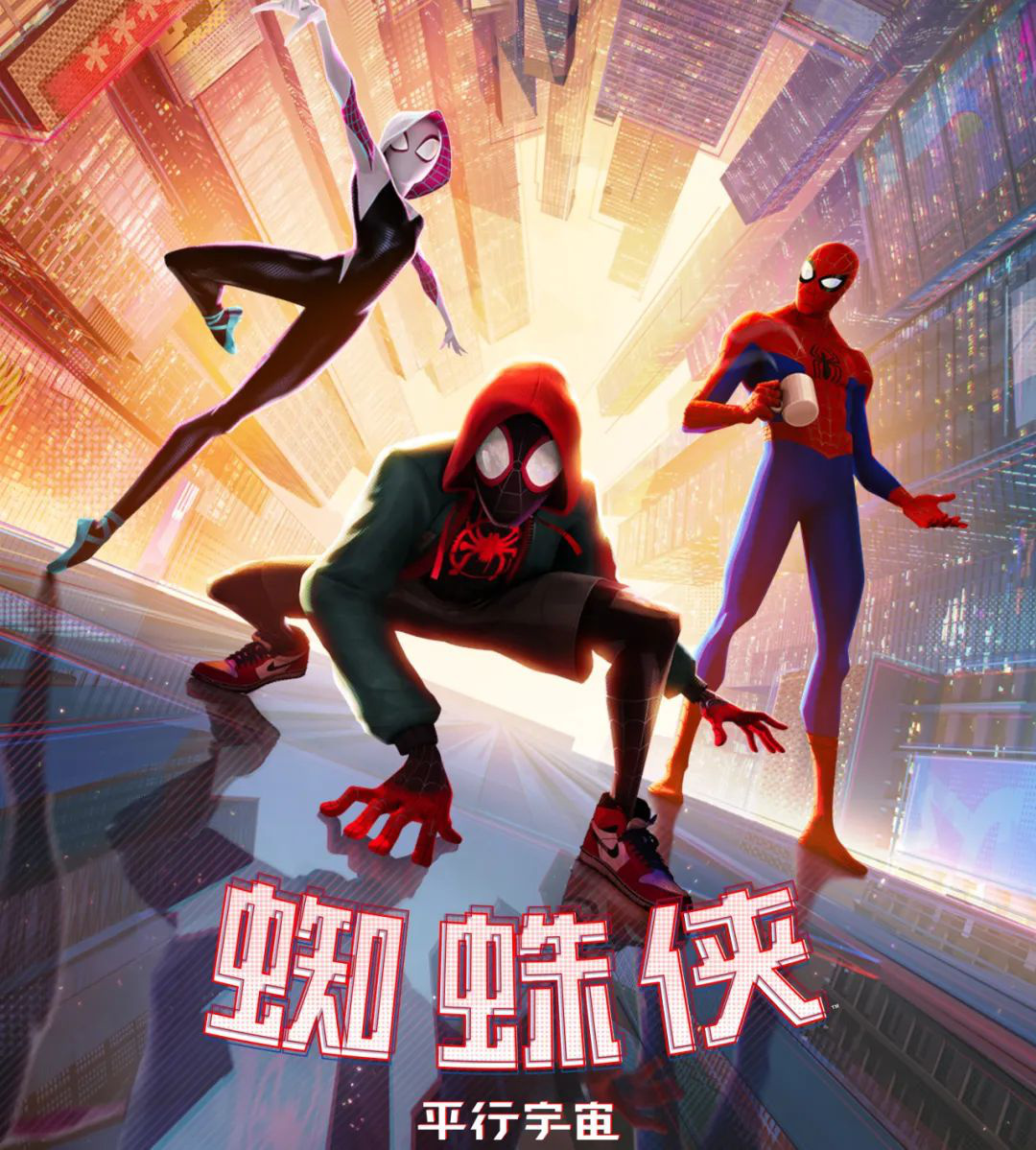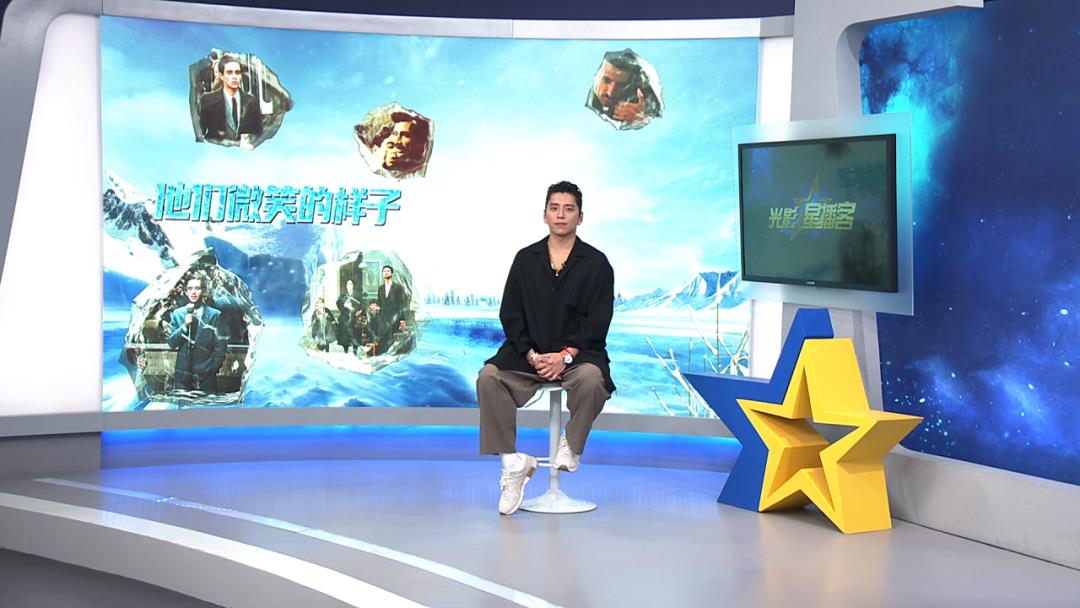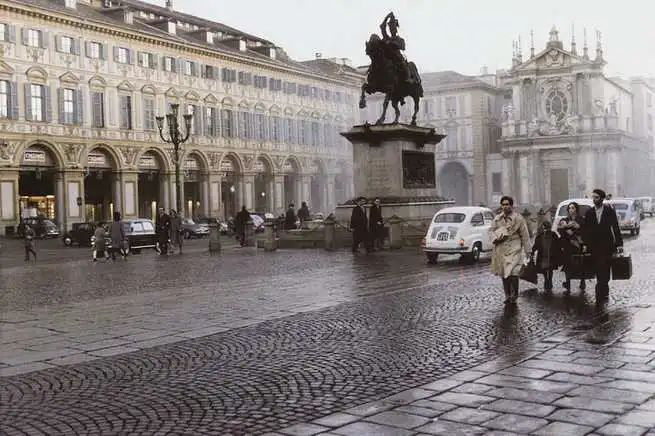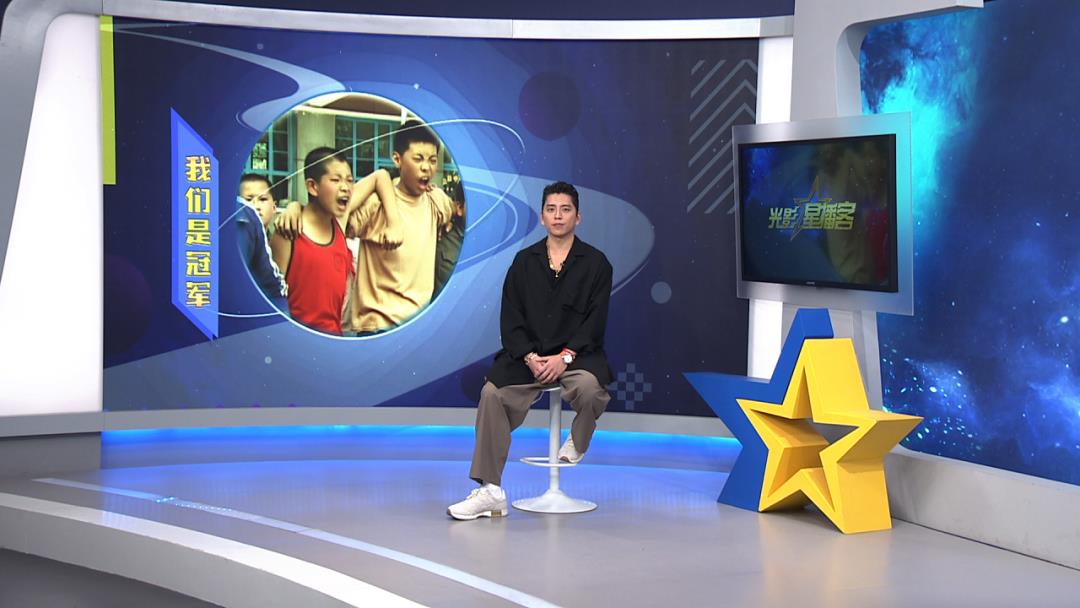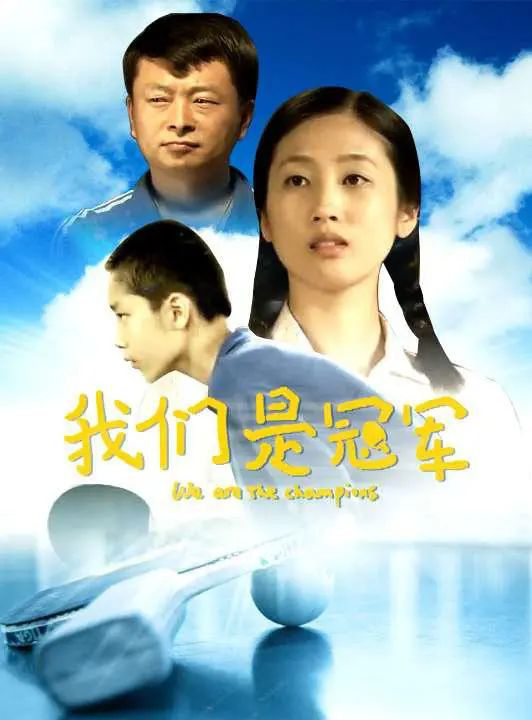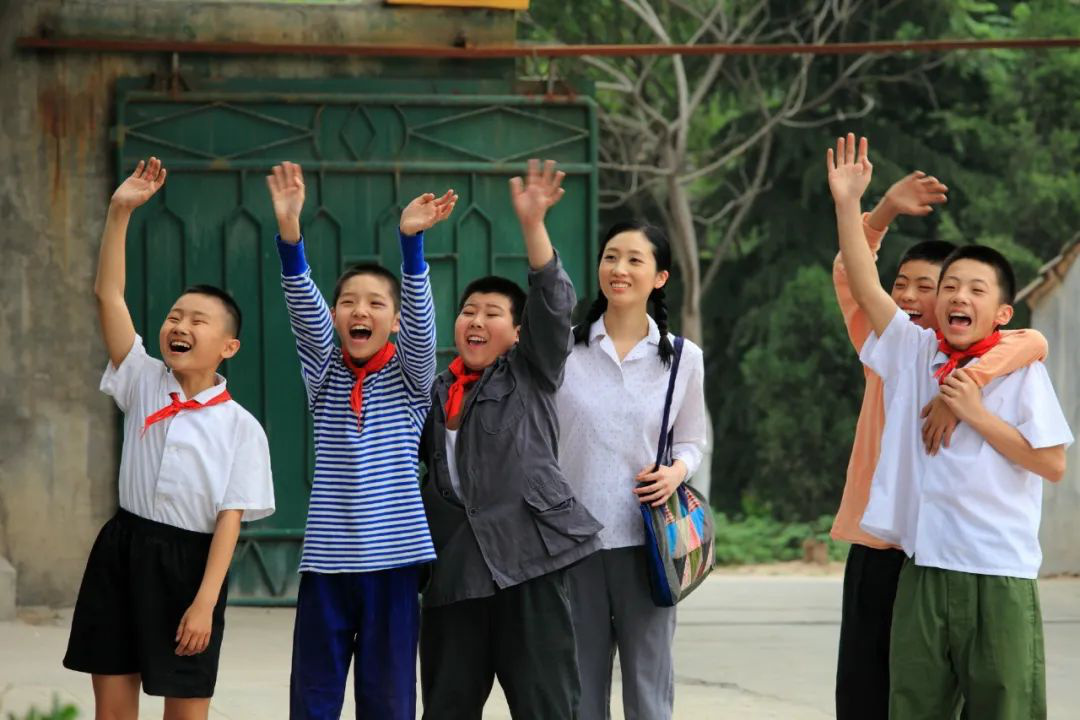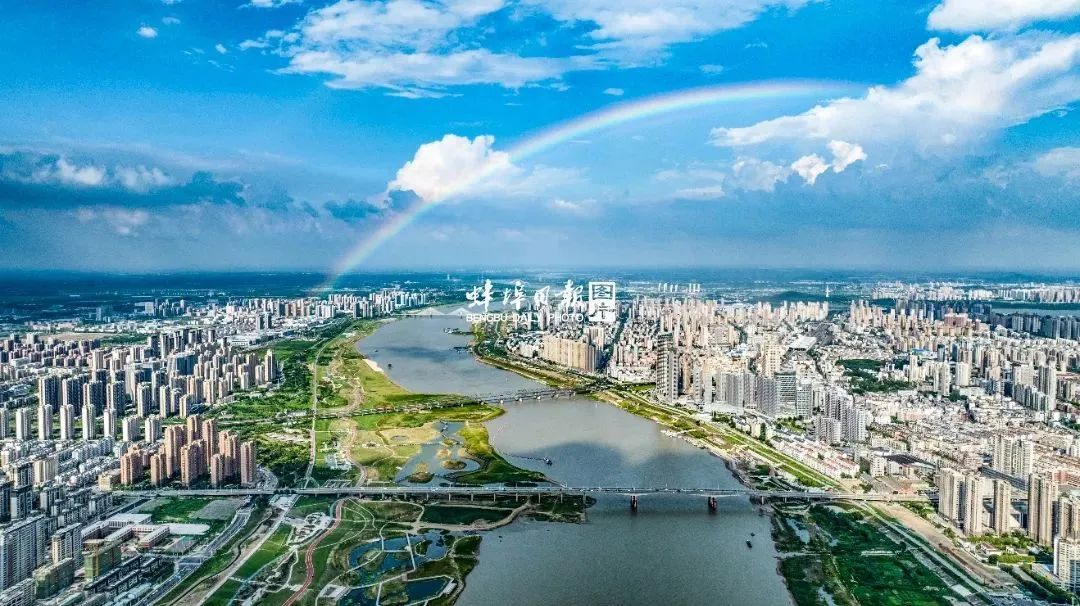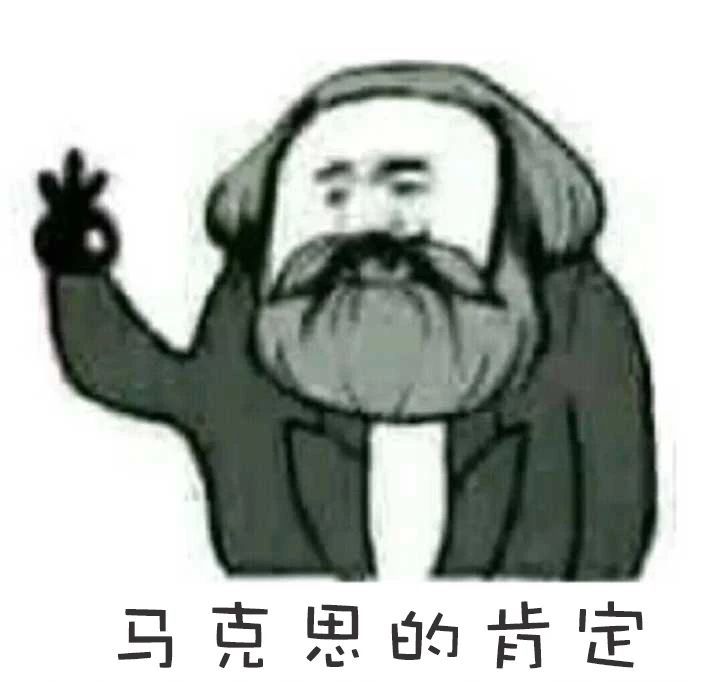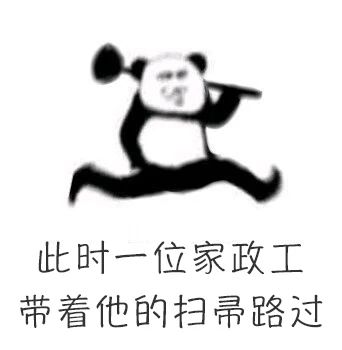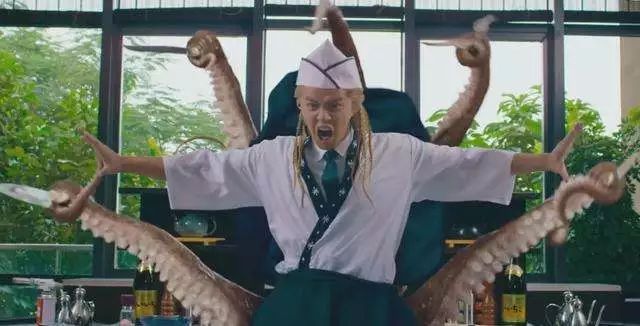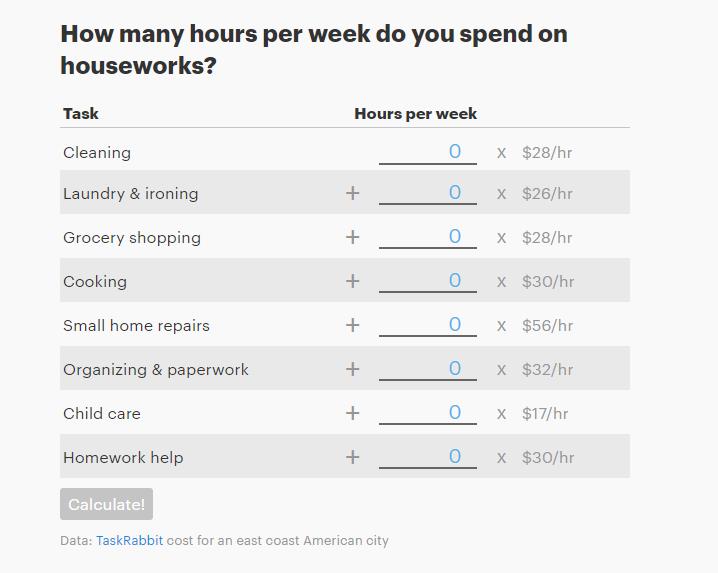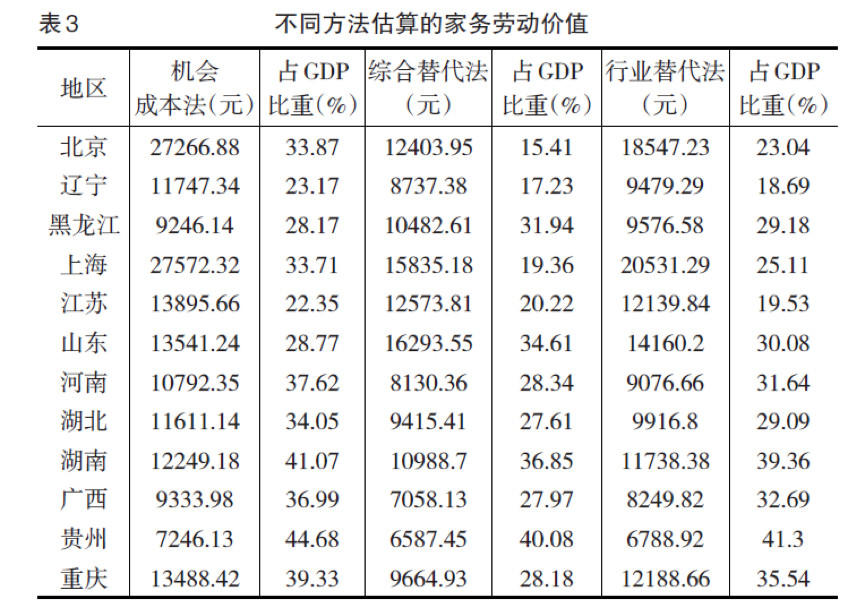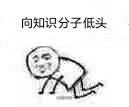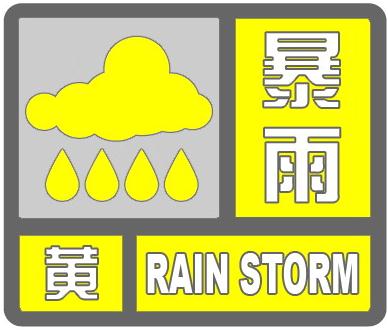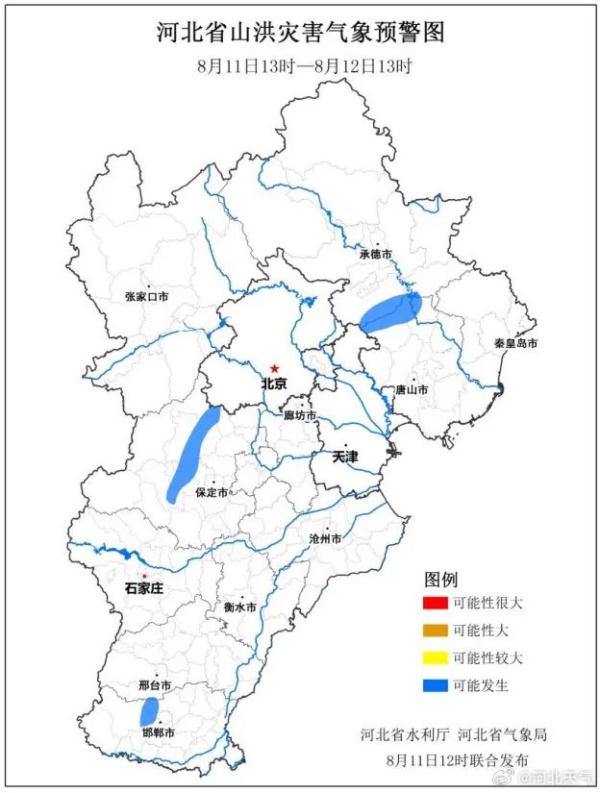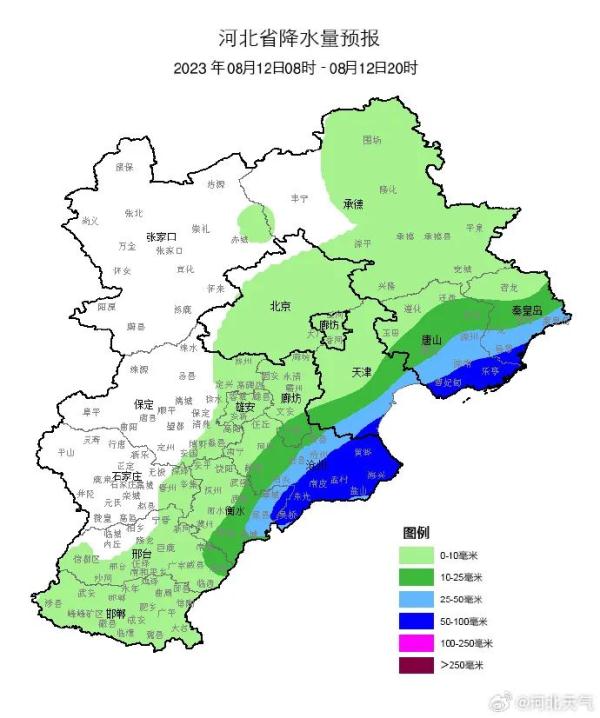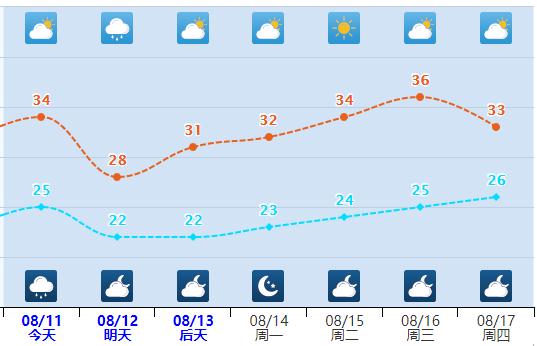The lost mayor of Seoul, South Korea has died! I have recorded videos to cheer for Wuhan.
In the early morning of 10th local time, there was shocking news in South Korean politics. Seoul Mayor Park Won soon was found dead after missing for more than ten hours. His daughter reported on the afternoon of the 9 th that her father left home and lost contact after leaving a message similar to his last words. At present, the cause of Park Won soon’s death is unknown.
The daughter reported to the police that the mayor’s father was found dead after missing.
In the early morning of 10th local time, the latest news in Yonhap News Agency said that Seoul Mayor Park Won soon was found dead on a mountain in the city. Earlier, the police and fire department searched for the missing Park Won soon overnight.
According to the Seoul police, Park Won soon’s daughter called 112 on the afternoon of the 9th local time, saying that "four to five hours ago, my father left home after leaving a message similar to his last words, and his cell phone was turned off". The police then dispatched two squadrons, drones and police dogs to find his whereabouts.
According to the Seoul Metropolitan Government, Park Won soon cancelled all the schedules and didn’t go to work on the 9th due to her physical discomfort, and her itinerary since then is unknown.
According to the investigation, Park Won soon left the mayor’s residence in Jongno-ku, Seoul at 10 am on the 9th. The police found that the last place where Park Won soon’s cell phone signal appeared was near Jixiang Temple and Wolong Park in Chengbei Dong, Chengbei District, Seoul, and a centralized search was conducted around it.
Moreover, with the development of night search, the police and fire department have also increased their search power. But after the first round of search that night, Park Won soon was not found. The police increased their police force that night and continued the second round of search. Finally, Park Won soon’s body was found near Sujing Gate.
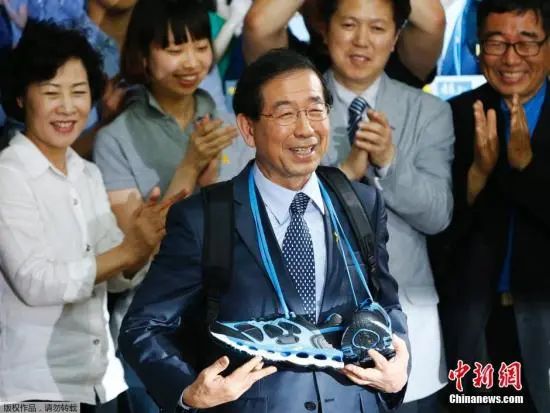
Data Map: Park Won soon
— — Timeline of Park Won soon’s disappearance
At 10: 40 on the 9th, Seoul sent a text message to the press group saying that the schedule scheduled for 4: 30 pm was cancelled due to "unavoidable circumstances".
At 10: 40 on the 9th, Park Won soon left the mayor’s residence to go out. Wear a black hat, dark jacket, black trousers and gray shoes when you leave, and carry a black backpack.
At about 10: 53 on the 9th, Park Won soon arrived at Wolong Park.
At 17: 17 on the 9th, Park Won soon’s daughter reported to the police that her father had left home after leaving a message similar to his last words, and her cell phone was turned off.
At 21: 30 on the 9th, the police have mobilized more than 700 police officers, 3 drones and 4 police dogs to search for the whereabouts of Park Won soon.
At 22: 30 on the 9th, the police held a press conference at the search site, saying that the first round of search had ended and no Park Won soon was found.
In the early morning of 10th, Park Won soon was found dead on a mountain in the city.
The mayor lost contact and shocked the political arena. Cheongwadae remained highly vigilant
According to Yonhap News Agency, when the news of Park Won soon’s disappearance came out, people in Cheongwadae asked each other, "Is this true?" It is hard to hide the impact.
A related person in Cheongwadae said, "This is completely unexpected, because I don’t know the exact news, so it’s hard to say anything." Although Cheongwadae did not hold a special meeting on this issue, he kept a high degree of vigilance against the progress of the police search and was anxious to know the situation.
According to South Korea’s "East Asia Daily" report, the core stakeholders of the South Korean Common Democratic Party said that Park Won soon’s "abnormal symptoms" were completely unexpected in the party, and people who are close to Park Won soon at ordinary times did not grasp the exact situation.
A member of the Democratic Party who is closely related to Park Won soon said: "Park Won soon’s self-esteem and sense of mission are stronger than anyone else. It is unbelievable that he suddenly disappeared."
Seoul’s "old mayor", a popular candidate for the next president.
Park Won soon, 65 years old (Korean age), was born in Gyeongsangnam-do in 1956. Now he belongs to the ruling Common Democratic Party and is one of the representatives of Korean progressives.
He entered the law department of Seoul National University in 1974. In 1982, Park Won soon began to work as a prosecutor in Daegu District Prosecutor’s Office, and changed to a lawyer the following year. In 1995, he set up a civic organization "Participating in Joint Action", and later set up a number of civic organizations to carry out the rights protection movement.
Park Won soon is the "old mayor" of Seoul for three consecutive terms. He became the mayor of Seoul for the first time in October 2011 and was re-elected in 2014. He was elected for the third time in June 2018 and has been re-elected to this day.
According to Korean media reports, Park Won soon is regarded as a popular candidate for the next presidential election. In the last South Korean presidential election, Park Won soon was once regarded as a potential candidate by public opinion, but in the end he decided to give up his candidacy.
Led the anti-epidemic work in Seoul, and recorded a refueling video for Wuhan.
During the epidemic, as the mayor of Seoul, Park Won soon actively led the anti-epidemic work in the capital. At the time of the worst epidemic in South Korea, Park Won soon personally went to the vicinity of Gwanghwamun in Seoul, urging the crowd to leave as soon as possible and take preventive measures to prevent the epidemic from spreading.
In the investigation on the epidemic situation of Xintiandi Church, Park Won soon has a tough attitude. He criticized Xintiandi Church for a large number of confirmed cases, but still did not cooperate with the epidemic prevention work, and the false information provided caused serious confusion.
Recently, after a nightclub collective infection occurred in itaewon, Seoul, Park Won soon immediately ordered a "ban" on entertainment places in Seoul, prohibiting bars, nightclubs and other entertainment places in the city from holding gathering activities to prevent the epidemic from spreading further.
Previously, Park Won soon also recorded a video to cheer for Wuhan. In the video, Park Won soon expressed his gratitude to the Beijing Municipal Government for its help when Seoul suffered from the Middle East respiratory syndrome epidemic five years ago. "Now it’s time for Seoul to repay. As the best friend of Beijing and China, Seoul is willing to help. Come on in Wuhan! Come on, China! Seoul supports China! "
